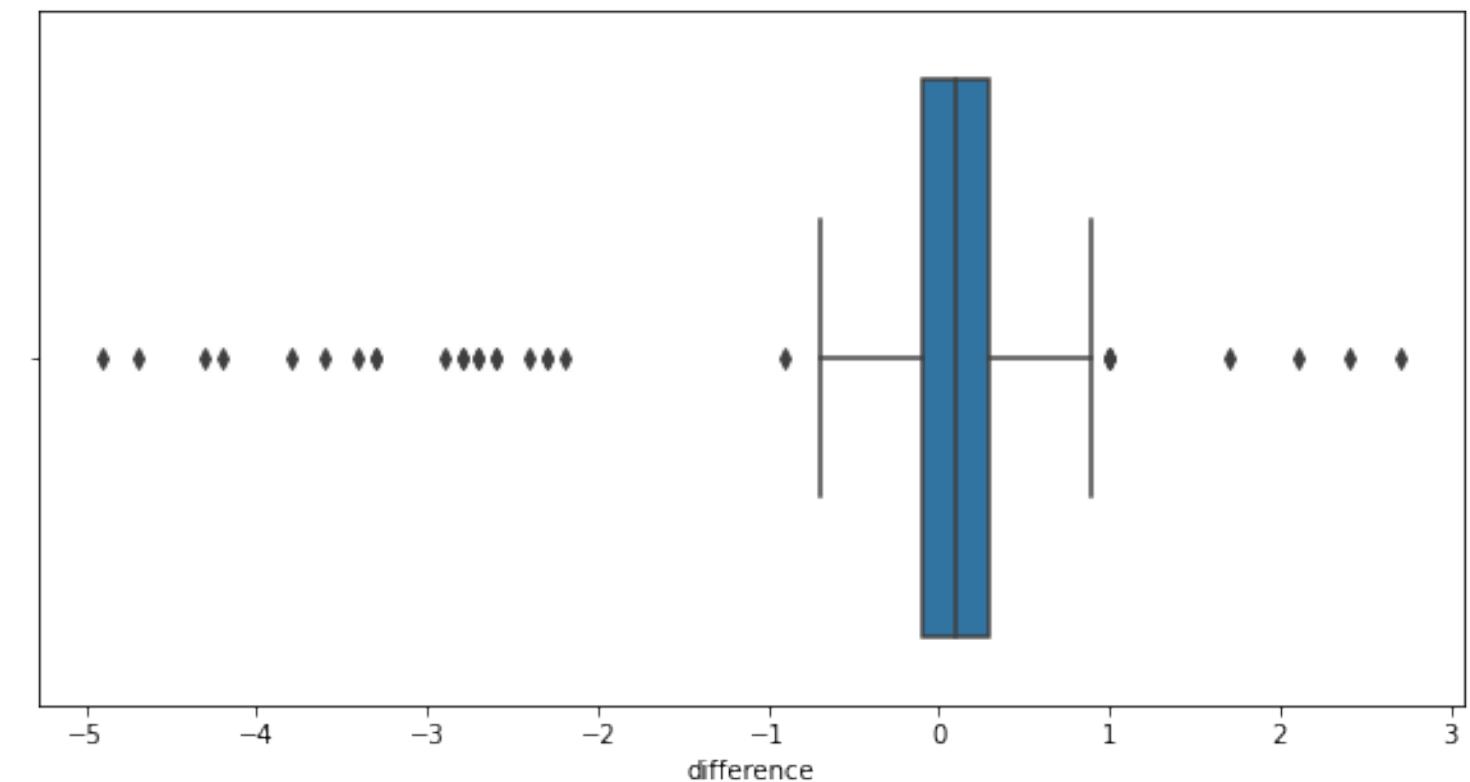Figure 59 – uploaded by Lorenzo Cardarelli

Figure 51 Example of how DBSCAN works: the red dots are the core-points, the yellow dots the density-reachable. The black point is a noise-point. Let us consider the example in Fig. 51: a eps of value d, and a min_samples of 3 have been chosen. This means that points within distance d are required for a point to be considered a core-point (the red points). The yellow points fail o fulfil the min_samples assumption, as there is only one point in their eps. However, they are still part of the cluster as ensity-reachable. If a new point is only connected to the latter, it will not be part of the cluster (Ester et al., 1996, p. 28). The black point, on the other hand, is separated from the high-density zone and can therefore be regarded as uther or notse-point.
Related Figures (130)


































































































































Connect with 287M+ leading minds in your field
Discover breakthrough research and expand your academic network
Join for free